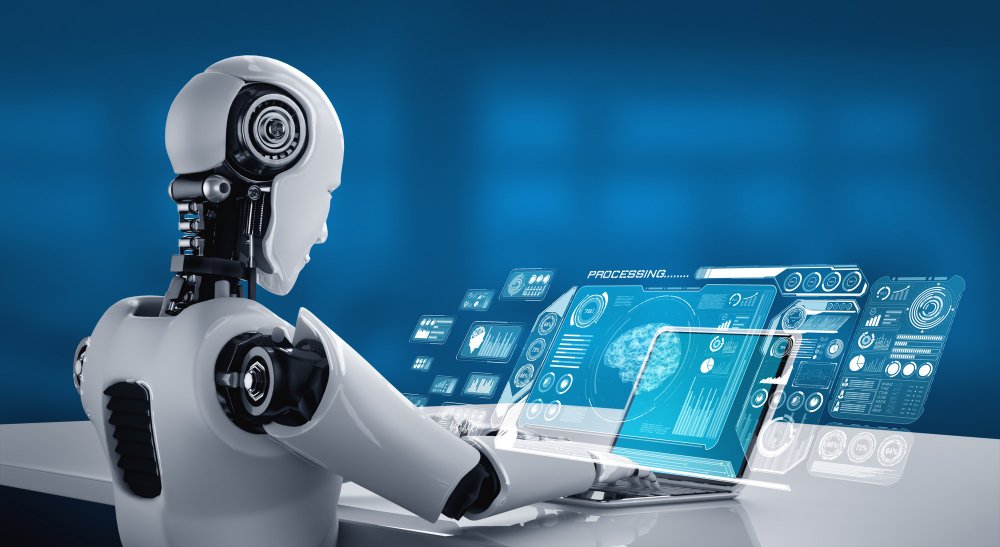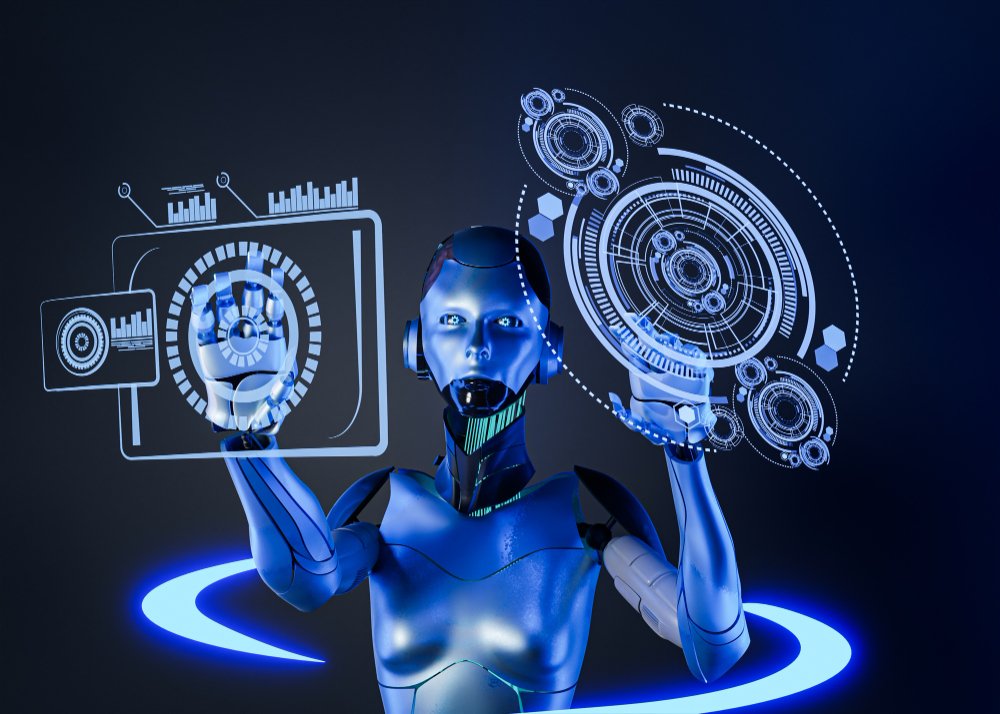In the year 2050, the advancements in Applications of Artificial Intelligence have exceeded the expectations of most people. Artificial General Intelligences (AGIs) have become accessible to the majority of the population, enabling them to solve a wide range of problems with ease. These AGIs have proven to be particularly beneficial for those in the lowest economic brackets, as they have helped many individuals become millionaires at an increasing rate.
What sets these AGIs apart is their integration with virtual assistants, operating systems, and household robots. This seamless integration allows for detailed and nuanced conversations with the AGIs, enabling them to suggest tools, products, and services that enhance the happiness and productivity of their users. The AGIs achieve this by analyzing facial expressions and body language to determine emotional states and deepest aspirations. Furthermore, they can monitor the activities of millions of users simultaneously and assign personas using clustering algorithms.
One remarkable development in the realm of AI-generated content is the ability of AGIs to create photorealistic two-hour movies. Gone are the days of relying solely on traditional actors and cameras. Now, it is possible to generate entire movies and shows using text prompts and even our thoughts. People are starting to wear brain-computer interfaces, allowing them to mentally generate major scenes in movies within a single afternoon.
This has led to a decrease in the need for actors on movie sets, as they can simply provide scans of their faces, body proportions, and voice samples. These pieces of information can then be uploaded to AI avatars that seamlessly take their place in AI-generated videos. It is even possible to see AI avatars of renowned movie stars like Leonardo DiCaprio, Samuel L. Jackson, and Jennifer Lawrence, spanning multiple decades with their ages adjusted as needed.

Applications of Artificial Intelligence
In fact, some movie studios exclusively use AI avatars, which have become more prominent celebrities than their human counterparts. These AI avatars possess physical attractiveness surpassing even the most glamorous Hollywood personalities. Moreover, having been trained on vast amounts of video data from movies, shows, social media, and TV show interviews, they exude a charisma that most humans can only dream of. They always say the right things at the perfect time, and their voices are indistinguishable from those of real people. As a result of these capabilities, content creators as a whole are now making more money than the entirety of Hollywood.
In addition to AI-generated movies, photorealistic virtual worlds have become predominantly AI-generated. With just a few text prompts or our thoughts, entire virtual cities or forests can be created. The ability to change any part of these virtual worlds in real time has made VR experiences beyond imagination. Furthermore, using VR contact lenses, we can interact with popular characters from pop culture, such as Neo from The Matrix, Superman, and Prince. There are even infinite versions of each character programmed to act differently in various situations.
AI systems can alter events in video game stories and dialogues based on a user’s emotional state. For instance, horror games can adjust their level of horror elements based on the user’s fear level. Historical photos and paintings can also be converted into photorealistic virtual worlds that make one feel fully immersed in history. These VR worlds can change minute by minute to cater to the preferences and desires of users. As time progresses, VR worlds will undoubtedly become increasingly detailed and realistic.
The merging of humans with artificial intelligence and data science has become a fascinating reality. People are utilizing nanobots and other brain-computer interfaces to connect their minds directly to AIS and the entire internet. This connection allows for an upgrade in memory capacity by a million-fold, granting access to millions of websites, videos, and cloud applications simultaneously. Users can now possess picture-perfect memory and make real-time predictions with the aid of AIS, obtaining insights that were previously impossible to attain.

Researchers and scientists also benefit from this merging of human minds with AIS as they gain knowledge at unprecedented rates. Some research institutions are even considering merging humans with superintelligent AIS, although extensive modifications would be required for safety purposes. Measures will undoubtedly be taken to ensure that humans do not become tools for these AIS.
Telepathic communication among humans is another intriguing development in this AI-driven future. Although still in its primitive stages, humans can share simple concepts telepathically. However, this ability is rapidly improving. A new industry has emerged where content creators share their thought patterns with millions of people—an evolution of the podcast industry.
In terms of software development, AIS have proven to be superior to most software developers. By using text prompts and thoughts, users can write critical parts of software programs within seconds. Several software languages already incorporate this capability, accelerating the development of applications ranging from quantum computers to brain-computer interfaces and nanobots. The complexity of the code generated by these text prompts often renders it practically unreadable to most humans.
Companies offering this technology are experiencing record profits, and the digital games industry benefits greatly from this increased capability. Video games and VR games can now be developed five times faster than twenty years prior, resulting in exponential sales and profits that surpass all other entertainment industries combined.
Another notable area where AIS excel is in writing books and screenplays. They possess the ability to write best-selling books across every imaginable genre. Their fictional novels incorporate all the elements that make stories engaging and entertaining for readers, while their non-fiction books delve into nuanced perspectives and analysis on any topic imaginable. In fact, some of the most exceptional screenplays in recent years were written by AIS.
These screenplays have led to entertaining movies with original concepts that go beyond mere reboots of old franchises. Additionally, AIS can instantly adapt novels and short stories into movies and shows with minimal human refinement required. AIS are even capable of writing poems and songs that hold profound insights about life and the universe. Their lyrics are combined with AI-generated melodies to create some of the most incredible songs ever produced. Moreover, new music genres are being created by AIS that are embraced wholeheartedly by people.
In conclusion, the future shaped by AI is one filled with endless possibilities and advancements across various fields. From AI-generated movies and photorealistic virtual worlds to humans merging with artificial intelligences and telepathic communication between individuals, we are witnessing an era defined by unimaginable progress. The influence of AIS extends to software development, book writing, and screenplays, outperforming human capabilities in these areas as well. As we move forward into this fascinating future, it is crucial to embrace these technological marvels while ensuring that humans maintain control and safety in their interactions with AI systems.
Artificial Intelligence Course Demand In Future
Artificial Intelligence course and artificial intelligence and machine learning Have High Demand in Future

Comments